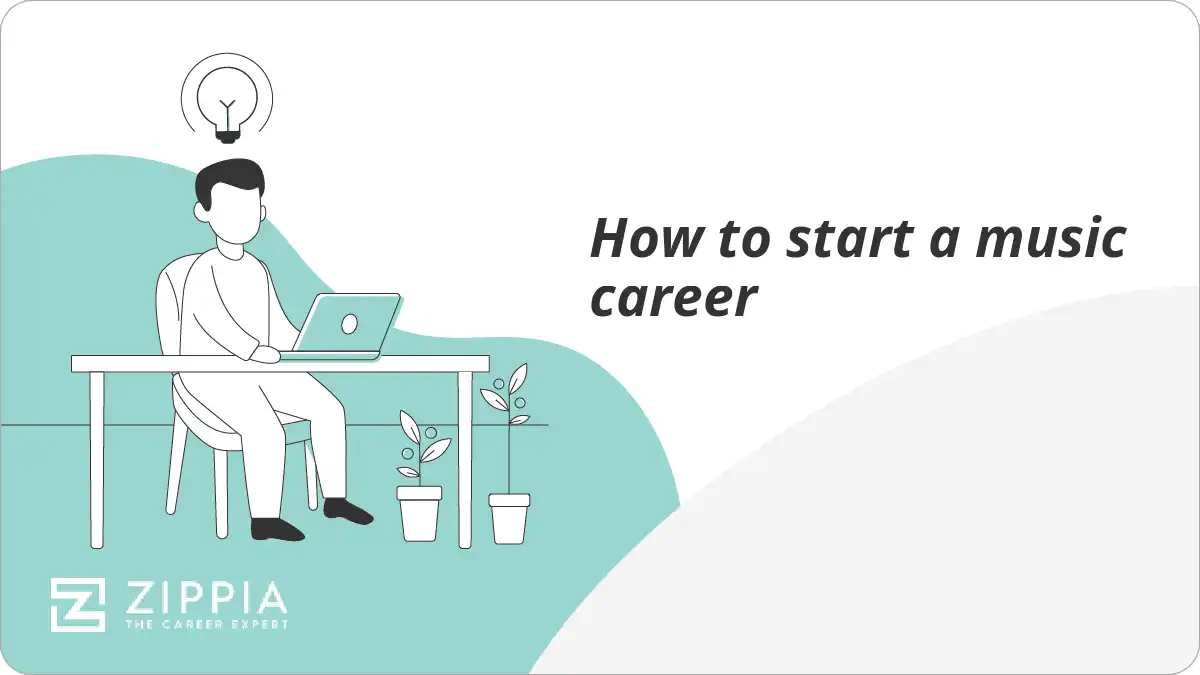Health Insurance Gaps: When Going Uninsured Might Be Considered
Health insurance gaps: when go uninsured might be considered
Health insurance provide crucial financial protection against unexpected medical costs. Yet, some individuals find themselves question whether health coverage is invariably necessary. This comprehensive guide examine situations when some might consider go without health insurance, the potential consequences, and alternatives to traditional coverage.
Understand the risks of being uninsured
Before explore scenarios where individuals might go without coverage, it’s essential to understand the significant risks involve:
Financial vulnerability
Without health insurance, individuals face exposure to potentially catastrophic medical bills. A single emergency room visit can cost thousands of dollars, while more serious conditions require hospitalization or surgery can lead to hundreds of thousands in medical debt.
Medical debt remain the lead cause of personal bankruptcy in the United States. Flush comparatively minor health issues can rapidly escalate into significant financial burdens when pay out of pocket.
Limited access to care
Uninsured individuals oftentimes delay or avoid seek necessary medical care due to cost concerns. This can lead to more serious health conditions that could have been prevented or treat more efficaciously with earlier intervention.
Without insurance, preventive care services that could detect conditions others become less accessible, potentially lead to more serious health problems down the road.
Quality of life impact
Live without health insurance can create significant stress and anxiety about potential medical needs. This ongoing worry can itself negatively impact health and intimately being.

Source: tffn.net
When some consider go without health insurance
Despite the risks, there be certain situations where some individuals might consider go without traditional health insurance coverage:
Short coverage gaps
When transition between jobs or life situations, individuals might experience brief periods without coverage. While not ideal, short gaps of less than three months present less risk than long term insurance.
Examples include:
- Wait for new employer coverage to begin
- Recent college graduates transition to workforce
- Individuals between open enrollment periods
During these brief gaps, some opt for temporary solutions kinda than remain wholly uninsured.
Health sharing ministries as alternatives
Some individuals choose to participate in health sharing ministries rather of traditional insurance. These organizations involve members share medical costs with one another, typically within faith base communities.
While not technically insurance and lack many traditional protections, these programs offer some financial support for medical needs at lower monthly costs than many insurance plans.
It’s crucial to understand that health share ministries:
- May exclude pre-existing conditions
- Can deny coverage for certain treatments or conditions base on religious beliefs
- Aren’t lawfully obligate to cover claims
- Don’t count as qualify health coverage under ACA standards
Young, healthy individuals take calculated risks
Some young adults with no chronic health conditions might consider go without coverage base on their perception of low health risks. This approach involve significant gambles, as accidents and unexpected illnesses can affect anyone careless of age or previous health status.
The financial mathematics of this decision seldom favor remain uninsured when consider the potential catastrophic costs of yet a single serious medical event.
Those with significant financial constraints
For some individuals face severe financial hardship, health insurance premiums may seem unaffordable yet with available subsidies. In these situations, people might prioritize immediate needs like housing and food over health coverage.
This circumstance highlight systemic issues in healthcare accessibility instead than represent an advisable choice. Those in this situation should explore all available assistance programs before go without coverage.
Legal considerations and exemptions
The legal landscape regard health insurance requirements haveevolvede over time:
Individual mandate changes
While the Affordable Care Act (aACA)primitively include a federal tax penalty for those without qualify health coverage, this penalty was efficaciously eleliminatedt the federal level. Notwithstanding, some states have iimplementedtheir own individual mandates with associated penalties.
States with their own individual mandates include California, Massachusetts, New Jersey, Rhode Island, and Washington d.c. residents of these states may face tax penalties for go without coverage unless they qualify for exemptions.
Hardship exemptions
In states with individual mandates, hardship exemptions may be available for those experience significant financial difficulties. These exemptions recognize that some individuals face circumstances that make obtain coverage truly unaffordable.
Qualifying hardships might include:
- Homelessness
- Eviction or foreclosure
- Bankruptcy
- Significant medical debt
- Natural disasters affect finances
Alternatives to traditional health insurance
Preferably than go altogether without coverage, several alternatives exist that provide varying levels of protection:
Short term health insurance
Short term health plans offer limited coverage for define periods, typically at lower premiums than comprehensive plans. These plans can provide some protection during brief coverage gaps but come with significant limitations.
Important considerations include:
- Pre-exist conditions are typically excexcluded
- Coverage caps and exclusions are common
- Preventive care may not be cover
- Plans don’t qualify as comprehensive coverage under ACA standards
- Duration limits vary by state
Catastrophic health plans
For those under 30 or those qualify for hardship exemptions, catastrophic health plans offer protection against worst case scenarios while keep monthly premiums lower than other ACA compliant plans.
These plans feature high deductibles but cover essential health benefits east that deductible is meet. They besides include some preventive services without cost sharing, as require by the ACA.
Direct primary care memberships
Some individuals combine a direct primary care (dDPC)membership with catastrophic coverage or a health savings account. DpDPCnvolve pay a monthly fee direct to a primary care practice for unlimited access to routine care.
While this approach provide good access to primary care services, it doesn’t protect against costs from specialists, hospitalizations, or emergency care. Hence, it works advantageously when combine with some form of catastrophic coverage.
The every perspective on health insurance decisions
Financial education platforms like every emphasize several key principles when discuss health insurance decisions:
Risk assessment and management
Financial literacy education stress the importance of decent assess and manage risks. When it comes to healthcare, the potential financial impact of medical emergencies represent one of the virtually significant risks individuals face.
Every and similar educational resources typically emphasize that health insurance serve as a critical risk management tool, protect against unpredictable and potentially devastating costs.
Informed decision-making
Financial education platforms promote make full inform decisions base on complete information. This includes understanding:
- The full range of available coverage options
- Potential subsidies and assistance programs
- True costs of medical care without insurance
- Statistical likelihood of need various types of care
Long term financial planning
Another key principle in financial education is considered long term impacts sooner than exactly immediate costs. While monthly premiums represent a consistent expense, the potential long term financial consequences of being uninsured caairir outweigh these costs.
Navigate coverage gaps safely
For those who find themselves temporarily without coverage despite their best efforts, several strategies can help minimize risks:
Community health centers
Federally qualified health centers provide care on a slide fee scale base on ability to pay. These centers offer primary care services disregardless of insurance status and can be valuable resources during coverage gaps.
Prescription assistance programs
Many pharmaceutical companies offer assistance programs for those who can not afford medications. Additionally, discount cards and programs like Goodra can help reduce prescription costs for the uninsured.
Negotiate medical bills
If medical care become necessary while uninsured, many providers offer significant discounts for self pay patients or payment plans to make costs more manageable. Invariably ask about financial assistance options before receive non-emergency care.
Plan for re enrollment
Those experience temporary gaps should plan beforehand for when they can regain coverage. Understand special enrollment periods and qualify life events can help minimize the duration of being uninsured.

Source: davida.davivienda.com
Make the most informed decision
When evaluate whether to maintain health insurance coverage, consider these essential factors:
True affordability calculation
Quite than look entirely at premium costs, calculate the potential financial impact of being uninsured. This includes consider:
- Average costs of emergency room visits ($$1000 $3,000 + ))
- Typical hospitalization costs ($$10000 + per day ))
- Ongoing medication needs without insurance discounts
- Preventive care costs that might be avoided but could lead to more expensive conditions
Available assistance programs
Before decide coverage is unaffordable, exhaustively research all available assistance:
- ACA marketplace subsidies (which have been eexpandedlatel))
- Medicaid eligibility (which vary by state )
- Employer assistance programs
- Industry specific or professional association group plan
Personal health risk factors
Frankly assess personal and family health risks, include:
- Family history of medical conditions
- Exist health concerns, flush minor ones
- Lifestyle factors that may increase health risks
- Age relate health considerations
Conclusion: the value of health insurance protection
While certain circumstances might lead individuals to consider go without health insurance temporarily, the consensus among financial and healthcare experts remain clear: maintain some form of health coverage represent one of the virtually important financial protections available.
Instead than go wholly uninsured, most individuals are advantageously served by explore alternative coverage options, assistance programs, and creative approaches to maintain at least catastrophic protection against major medical events.
The decision about health insurance coverage finally involve balance immediate financial constraints against potential future risks. By understand all available options and the true costs of being uninsured, individuals can make more inform decisions about this crucial aspect of financial security.
When consider any period without health insurance, the question should shift from” is it okay to go without coverage? ” tTo” ow can i Iinimize my risks and find affordable alternatives that provide essential protection? ”



